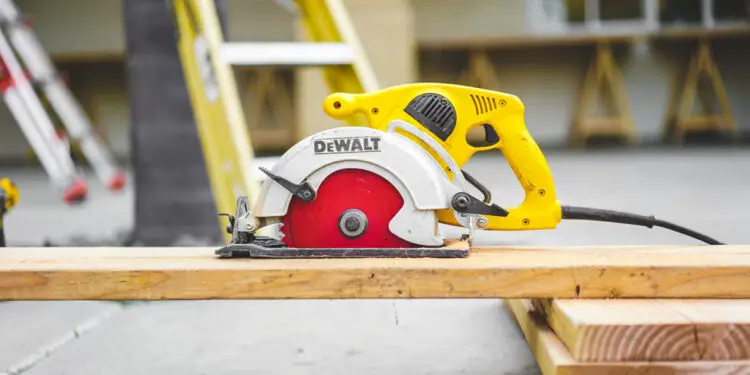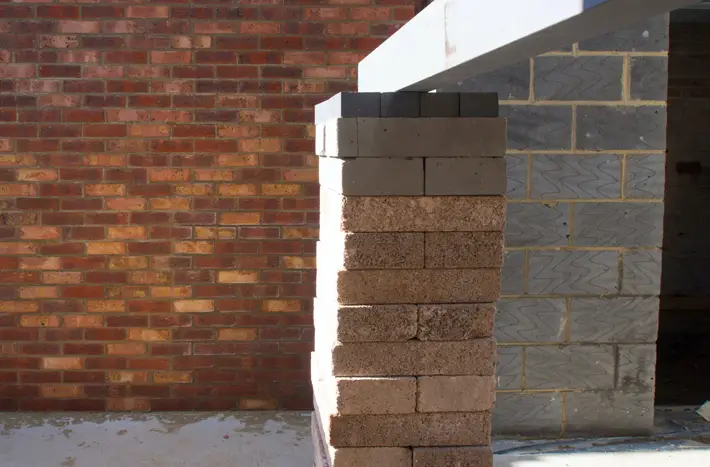How To Increase Chances Of Obtaining Planning Permission When Building Properties

Whether you are a developer looking to pursue a new residential project or an individual researching into building your own home, you will most likely be in the middle of a stressful planning process.
Despite sounding like it could be a relatively straightforward project, developing a property, regardless of whether it is a home for you or a residential site for someone else, has numerous obstacles that can easily delay the process. The main hurdle to overcome, and the one that can cause the biggest setback, is obtaining planning permission for a new build house.
Trying to obtain planning permission will require you to spend hours undertaking thorough research, writing and designing. In addition to this, there is also the extensive reviewing and collaborative problem-solving that will happen to ensure that you put forward the strongest application possible that is highly likely to be successful.
Even with fast track Permitted Development consents in place, there are a myriad of hurdles that need to be crossed in order to make a success out of a project,” comments Ruban Selvanayagam of home buying company Property Solvers.
Whilst there is research that shows the places where it is easier and more challenging to obtain planning permission, by putting together a strong application that has taken into consideration various factors, your chances of success should be high. These are a few factors to consider that could help you increase your chances of obtaining planning permission when building a property.
Create Quality Designs
One of the most important aspects of the planning permission process is the design of the intended final project. The qualities of a good design should be balanced between policy and ambition. Regardless of whether it is a brand new build or just a small extension, a good design will include the appropriate scaling and a smart layout. In addition to this, it should also strive to protect and enhance the character of the surrounding area.
If you wanted to optimise your designs to help improve the chances of a successful application, you might want to consider consulting with a skilled architecture firm, one that specialises in obtaining planning permission. They will be able to create quality planning drawings that can help to maximise your chances of approval.
In addition to quality designs, you are also likely to need technical drawings to get building regulations approval and for your builder. The building work needs to comply with the building regulations. This is for your safety as well as to improve the energy efficiency of your home (including reducing bills) and to ensure you can sell your house in future without any costly problems or delays.
The technical drawings should include in-depth plans for each element of your project and the materials you intend to use. Additionally, a structural engineer can take a look at your current proposed plans and offer your advice on what building materials are required, as well as if any reinforcements are needed, and where they would go if so. They can also produce the technical drawings you will need.
The Impact On The Surrounding Area
The concept of any new build will most certainly upset residents in the local area. They will voice their concerns over the impact the new build will have on their home, including if it will affect their view, their privacy and the value of their property if they were to sell. Any of these factors will affect the neighbours’ amenities and will be something that the planning committee will seek to protect. When piecing together your proposal, ensure that you have taken into account all of these factors and prove in your application that your property will not cause any of these issues.
It is not just the residents that might be impacted by the new build, the plants and wildlife which live on or around the area of the site will also be affected. Included in your application should be more than just how you will strive to protect and enhance the character of the surrounding area.
If your design for a new build is likely to impact the local biodiversity in some way, it is worth having an ecology survey completed. This will assess the area around the plot of land purchases to look for habitats, animals and valuable plants that might be impacted by your build. The findings provided will help the local planning authority to make an informed decision about the impact the build will have on the natural habitat that surrounds the area.
If you show in your application that you have researched the impact your new build could have on the surrounding wildlife or your plans to prevent it, you will have a strong application that stands the chance of approval. Fortunately, having an ecology survey conducted is easier than you might assume. Regardless of where you are, there is an ecological consultancy firm, such as Arbtech, that you can invest in to survey your site. Aside from providing you with the findings, they will also offer guidance on how to minimise any impact on the nearby habitats – something else worth including in your planning permission application.
Consider The Site’s Risk Of Floods And Drainage
During your planning stages, look to see whether your plot is in a flood risk area by using the Environment Agency’s maps online. If you find that the site you wish to build your property on is affected, then you will need to submit a flood risk assessment alongside your application. In cases such as these, a requirement for additional information on drainage is a common cause of delays. Some councils will be happy to handle these details as conditions on the planning permission. What this means is that they will need to see and rubber-stamp more of the details before the build goes ahead.
After consulting with the neighbours, checking the impact on the surrounding wildlife, investing in quality designs and checking for flood risks to create a solid proposal. When the plans are ready and approved by both yourself and drawn up by your chosen architect, you can then apply to the relevant planning authority. The next part is the waiting game, in which the planning authority will have up to 16 weeks to decide whether or not to approve your application for planning permission.










